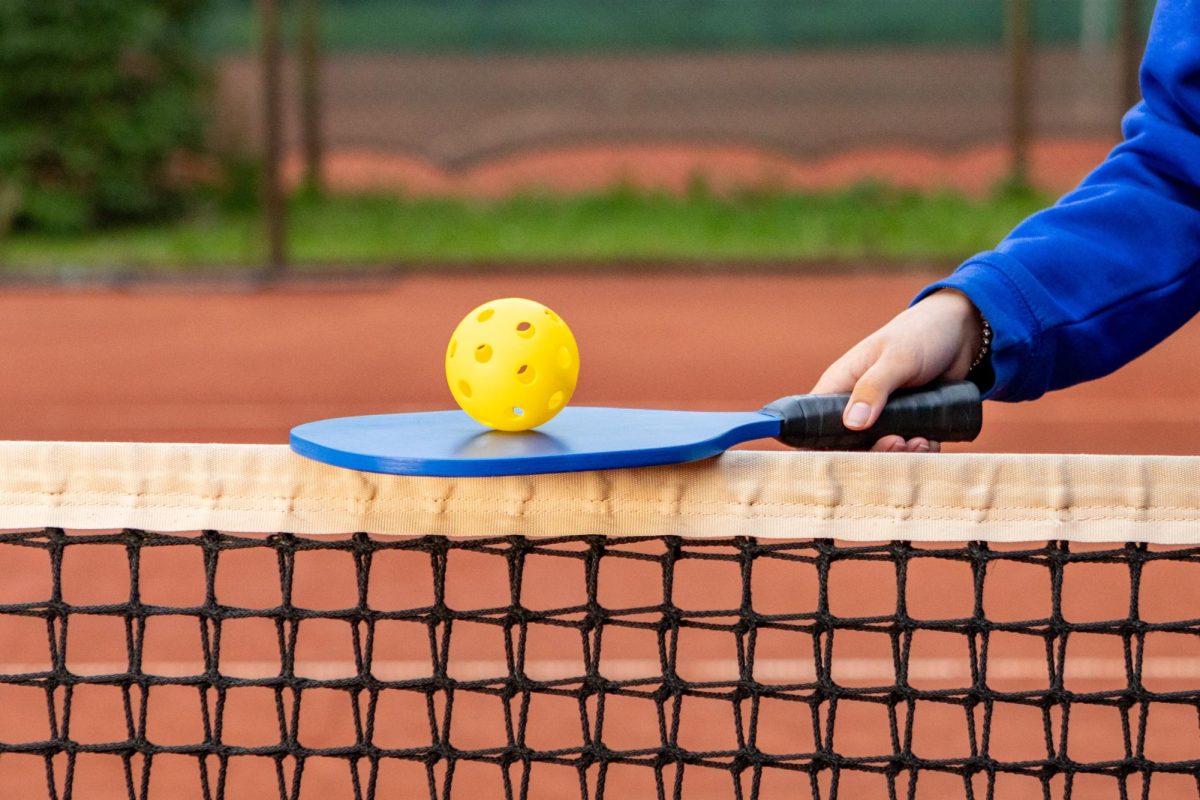
“Are you guys tired? Yeah. But do you need that caffeine? No,” CHS Fitness and Health teacher Jennifer Baldaccini said.
Earlier this year, a vending machine was installed in the cafeteria that sold 5-Hour Energy drinks. While the product has since been removed, other caffeinated products are still available at the lunch line. Due to the negative health effects and even deaths attributed to energy drinks and caffeinated beverages, schools should remain cognizant of the ingredients found in some of these drinks and accordingly, make decisions for which to allow or ban.
Some drink companies have gotten themselves into a bit of controversy. Recently, Panera Bread’s Charged Lemonade drink, which has more caffeine than both a Red Bull (184 milligrams) and a Monster Energy (86 milligrams), has been implicated in two deaths since its release in 2022. With up to 390 milligrams of caffeine in a 30 fluid ounce cup, this lemonade approaches the FDA’s maximum of recommended safe adult caffeine dosage of 400 milligrams per day. Despite the high caffeine content, Panera does not label this as an energy drink, causing many to believe that it is simply a lemonade. Panera’s failure to properly show their customers what they were drinking created an unsafe environment and was deemed by critics as irresponsible.
Prime, an energy drink created by influencers Olajide Williams Olatunji, who is better known as KSI, and Logan Paul, became popular amongst grade-school kids, forming a cult-like obsession with the beverage.While Prime Energy appeals to children and teenagers, it has one of the highest caffeine contents amongst energy drinks, containing 200 milligrams of caffeine per 12oz can.
Coming back to CHS, the school cafeteria has been selling Prime Hydration, which despite having no caffeine, isn’t perfect itself. The drink claims to be energizing and provides electrolytes, while lacking the key minerals, including sodium, calcium and potassium, according to dietitian Danielle DeAngelis of EatingWell.
5-Hour Energy is a small, 2oz bottle made to condense all of the caffeine of an energy drink into one gulp. It has 200 milligrams of caffeine per serving, similar to Prime Energy. Many consumers treat this product as over- the-counter medication to treat lethargy, or drowsiness. Although the company is marketed toward teenagers and young adults, selling it at a school might be considered predatory, knowing how exhausted students can become during the week. Students could see the product and could possibly think that it could be an easy way out of their problems and not know the health risks. The faculty eventually removed this product from the vending machines after concerns were raised.
But, several questionable drinks are still holding out in the cafeteria. Coca-Cola holds 65 milligrams of caffeine in a 16.9oz bottle, Mountain Dew hosts 77 milligrams; a product called Polar Sparkling Frost is available, and its 64 milligrams of caffeine is the lowest amount in any of these drinks. This drink still isn’t perfect, but is healthier than most sodas sold in school.
“I am definitely not for energy drinks in any shape or form. I don’t think that at [high school] age you need caffeine,” Baldaccini said. “You’re putting extra stress on your heart and then all of a sudden say you’re on a treadmill, and you could just go down…You just don’t know how your body’s going to react.”
Instead of consuming energy drinks, Baldaccini explained other ways to get more energy. “A regular exercise routine will give you more energy over time,” Baldaccini said. “There’s different ways to give yourself more energy besides taking a supplement.”
These drinks were made to appeal to a young audience, despite the problems they can cause. While schools let their students have choice in drinks, no school, including CHS, should promote the consumption of energy drinks and heavily caffeinated drinks; CHS can sell lots of healthier options. As for students, not only can they educate themselves, but they can choose what to spend their money on, which can improve their health and eventually phase out some of the less healthy drinks offered.








